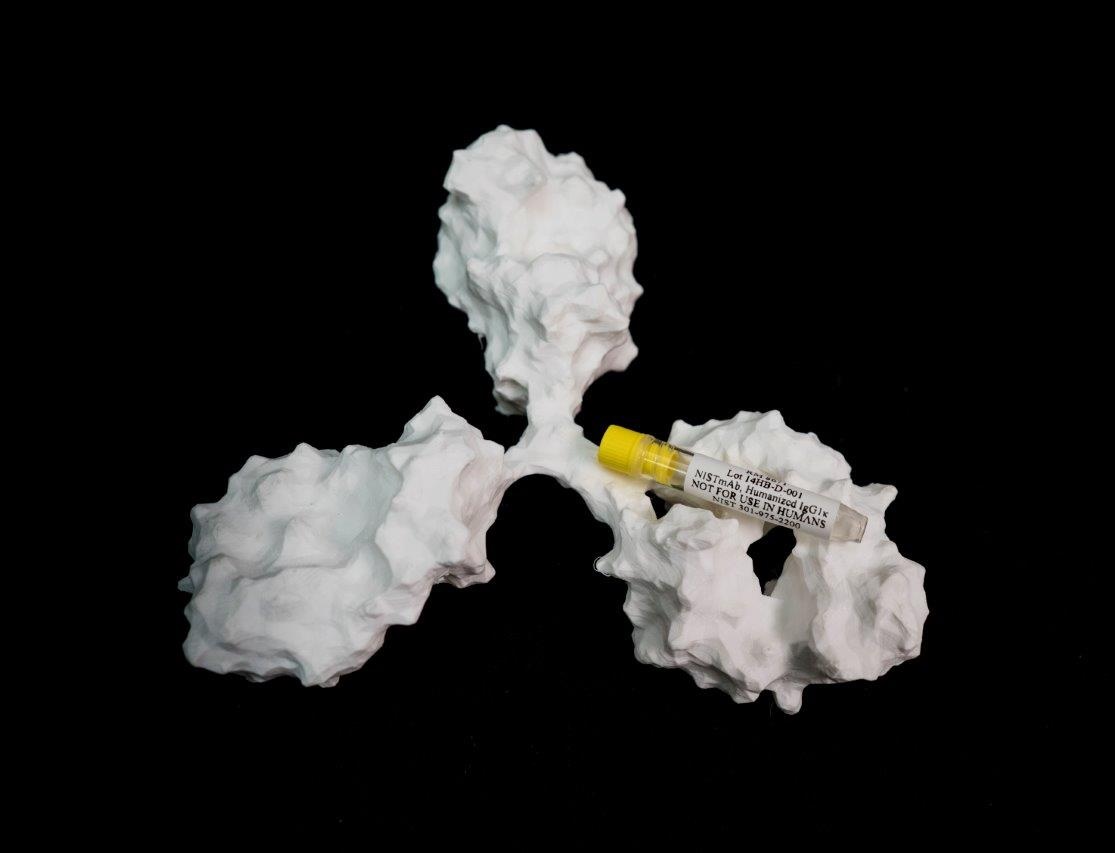Filters
Results: 90
A novel in vitro serum stability assay for antibody therapeutics incorporating internal standards
Monday, March 17 2025
Antibody-based therapeutics have demonstrated remarkable therapeutic benefit, but their susceptibility to biotransformation and degradation in the body can affect their safety, efficacy, and pharmacokinetic/pharmacodynamic (PK/PD) profiles. In vitro stability assessments play a pivotal role in proactively identifying potential liabilities of antibody therapeutics prior to animal studies. Liquid chromatography-mass spectrometry (LC-MS)-based in vitro stability assays has been developed and...
Multilevel─Intact, Subunits, and Peptides─Characterization of Antibody-Based Therapeutics by a Single-Column LC-MS Setup
Tuesday, February 25 2025
A comprehensive characterization of biotherapeutics, mandated by regulatory authorities, requires analyses of a protein drug at multiple structure levels. Such multilevel characterization can be performed by mass spectrometry (MS), with established conventional MS-based assays of product quality attributes (PQAs) comprising intact protein and subunit middle-up MS with analytes resolved on a C4 column, and bottom-up peptide mapping with analytes resolved on a C18 column. Recent advances in MS...
"Small is beautiful" - Examining reliable determination of low-abundant therapeutic antibody glycovariants
Friday, January 24 2025
Glycans associated with biopharmaceutical drugs play crucial roles in drug safety and efficacy, and therefore, their reliable detection and quantification is essential. Our study introduces a multi-level quantification approach for glycosylation analysis in monoclonal antibodies (mAbs), focusing on minor abundant glycovariants. Mass spectrometric data is evaluated mainly employing open-source software tools. Released N-glycan and glycopeptide data form the basis for integrating information...
Structure and Dynamics of Monoclonal Antibody Domains Using Spins, Scattering, and Simulations
Monday, January 13 2025
Antibody-based pharmaceuticals are the leading biologic drug platform (> $75B/year).^([1]) Despite a wealth of information collected on them, there is still a lack of knowledge on their inter-domain structural distributions, which impedes innovation and development. To address this measurement gap, we have developed a new methodology to derive biomolecular structure ensembles from distance distribution measurements via a library of tagged proteins bound to an unlabeled and otherwise unmodified...
Charge variant analysis of monoclonal antibodies by CZE-MS using a successive multiple ionic-polymer layer coating based on diethylaminoethyl-dextran
Tuesday, September 17 2024
The characterization of the impurities of pharmaceutical monoclonal antibodies (mAbs) is crucial for their function and safety. Capillary zone electrophoresis (CZE) is one of the most efficient tools to separate charge variants of mAbs; however, peak characterization remains difficult, since the hereby used background electrolytes (BGEs) are not compatible with electrospray ionization-mass spectrometry (ESI-MS). Here, a method that allows the separation of intact mAb charge variants is presented...
